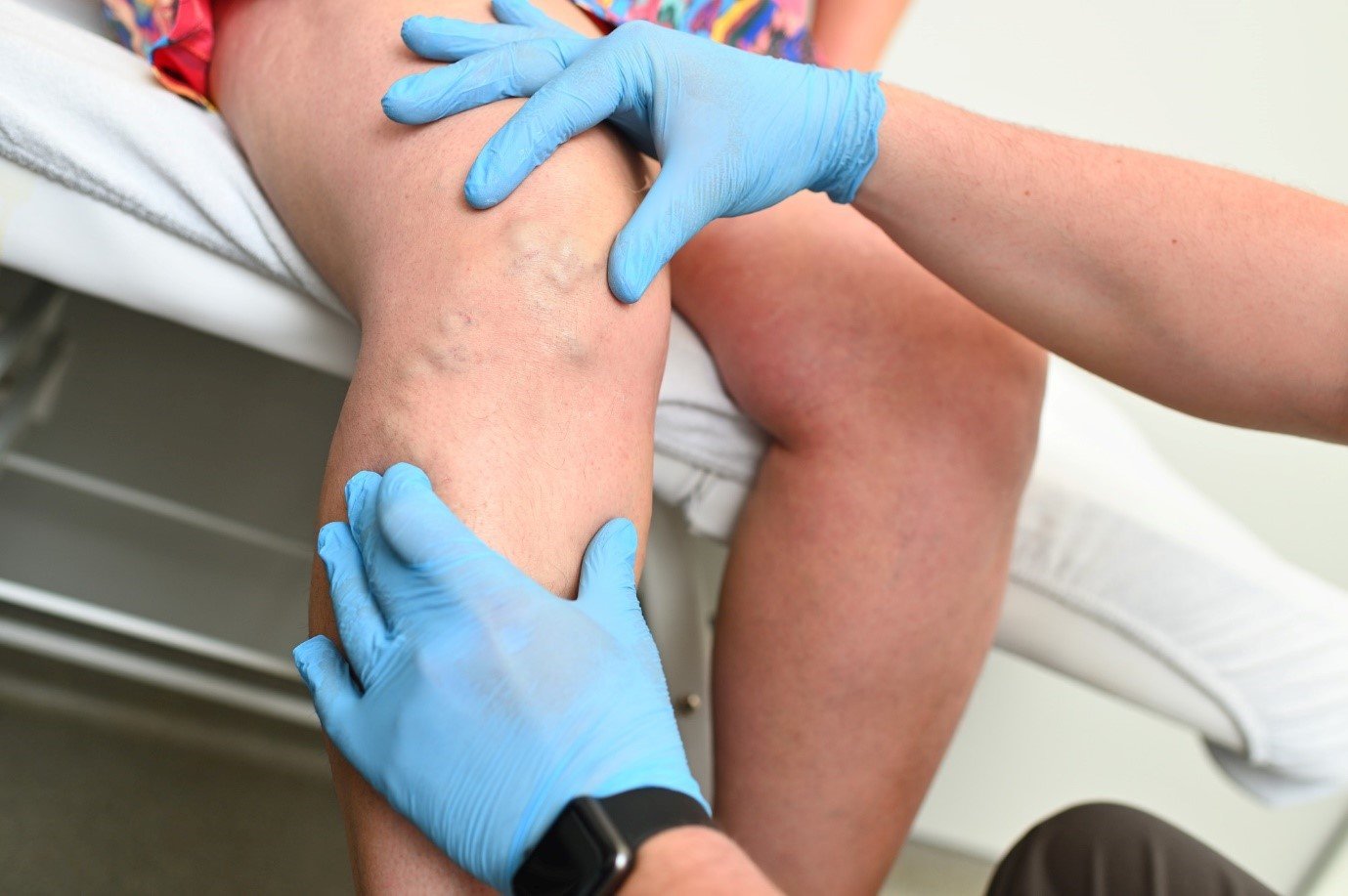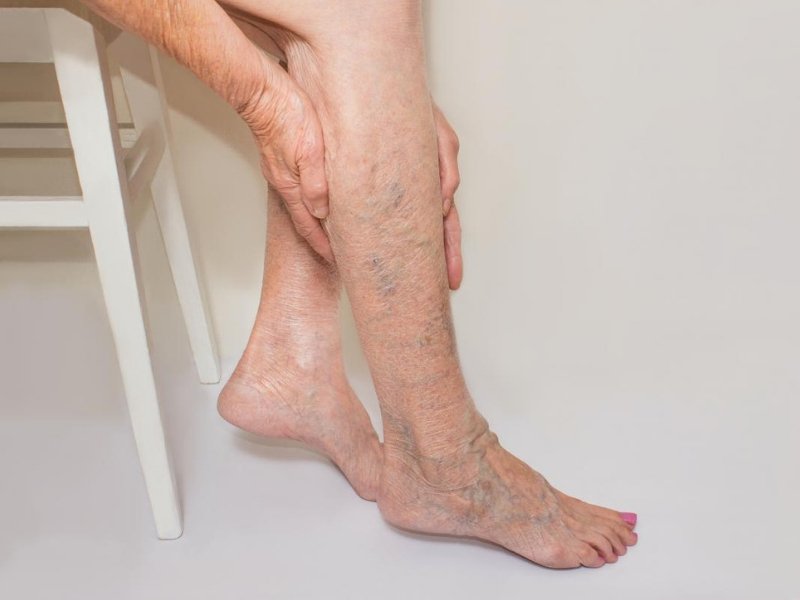What are varicose veins?
Varicose veins are swollen and enlarged veins that are often visible under the skin. They can be blue, purple, or flesh-colored. They are caused by weakened valves in the veins that allow blood to pool instead of flowing freely back to the heart.
Varicose veins are enlarged, swollen, and sometimes twisted veins that are visible just under the skin. They commonly occur in the legs and are caused by weakened valves in the veins that allow blood to flow backward, causing the veins to swell.
What causes varicose veins?
Varicose veins occur when the valves in the veins become weakened or damaged, causing the blood to back up and pool in the veins. Normally, these valves work to keep blood flowing from the legs up toward the heart. When the valves are weak or damaged, however, some of the blood can flow backward and collect in the veins, leading to a swelling of the veins. Other factors that can contribute to the development of varicose veins include age, genetics, pregnancy, obesity, and standing or sitting for long periods of time.
Who is at risk for developing varicose veins?
Varicose veins are most commonly seen in people over the age of 50, people who are overweight, pregnant women, and those who stand for long periods of time. People with a family history of varicose veins are also at an increased risk.
What are the symptoms of varicose veins?
Common symptoms of varicose veins include aching, heaviness, burning, throbbing, and itching in the legs. In some cases, the veins may appear swollen and bulging or have a bluish or dark purple color. Other symptoms may include leg cramps, leg fatigue, skin discoloration, and skin ulcers.
Treatment for varicose veins treated
Endovenous Laser Treatment: Endovenous laser treatment is a minimally invasive procedure that uses a laser to treat varicose veins. The laser seals the vein closed, allowing the blood to reroute to healthier veins.
Sclerotherapy: Sclerotherapy is a procedure that involves the injection of a special solution into the varicose vein, which causes the vein to collapse and eventually disappear.
Radiofrequency Ablation: Radiofrequency ablation is a procedure that uses radiofrequency energy to heat and seal the affected vein, causing it to collapse and be reabsorbed by the body.
Surgery: Surgery is a more invasive option for treating varicose veins and is typically used for larger veins that have not responded to other treatments. During surgery, the affected vein is removed and the surrounding veins are rerouted.
Compression therapy: Compression therapy involves wearing specially designed compression stockings or bandages to help ease symptoms and reduce swelling in the legs.
Micro-phlebectomy: Micro-phlebectomy is a surgical procedure to remove varicose veins. During the procedure, tiny incisions are made in the skin and the affected veins are removed. This procedure is usually done along with other treatments such as sclerotherapy or laser treatments..
Conclusion
Varicose veins can be treated with a variety of methods, depending on the severity and location of the veins. Endovenous laser treatment, sclerotherapy, radiofrequency ablation, surgery, and compression therapy are all potential treatments for varicose veins. It is important to speak with a doctor(Dr. Chandrakant S Kamble) to determine the best varicose veins treatment option for you.




